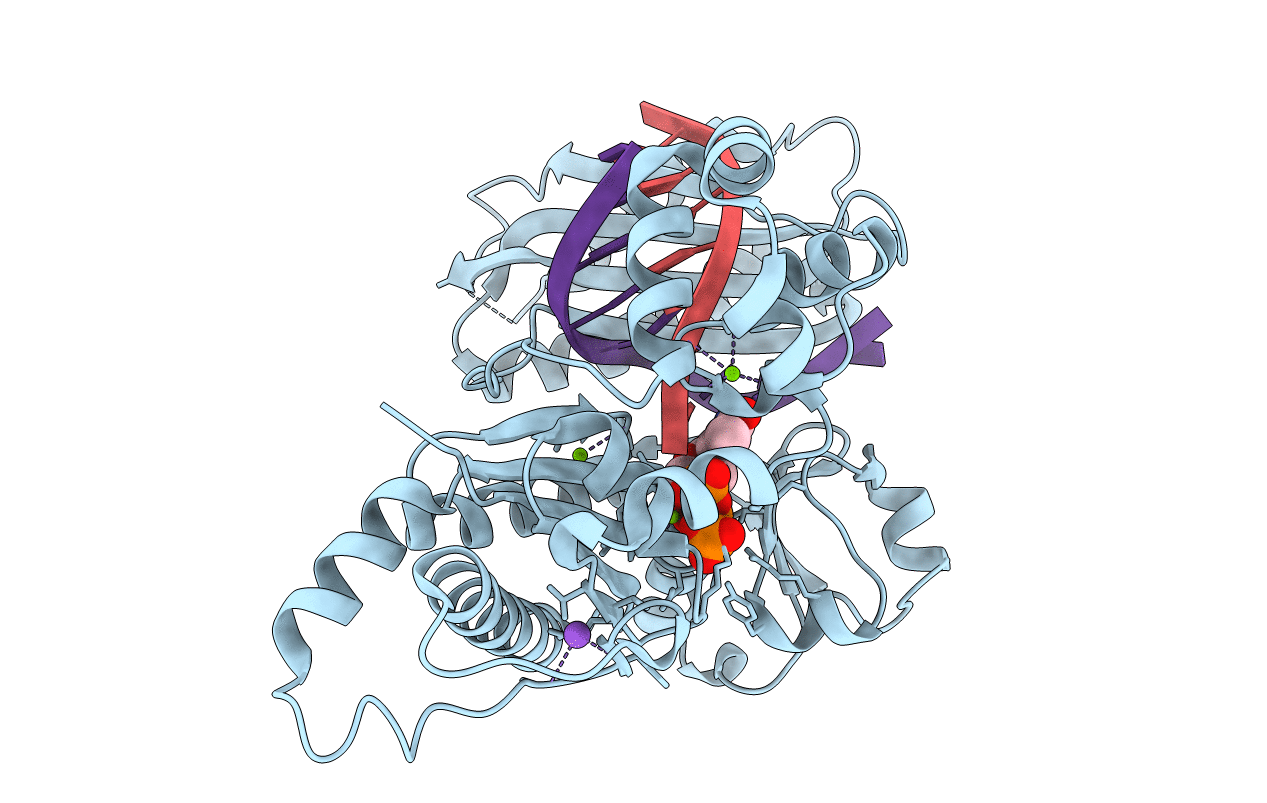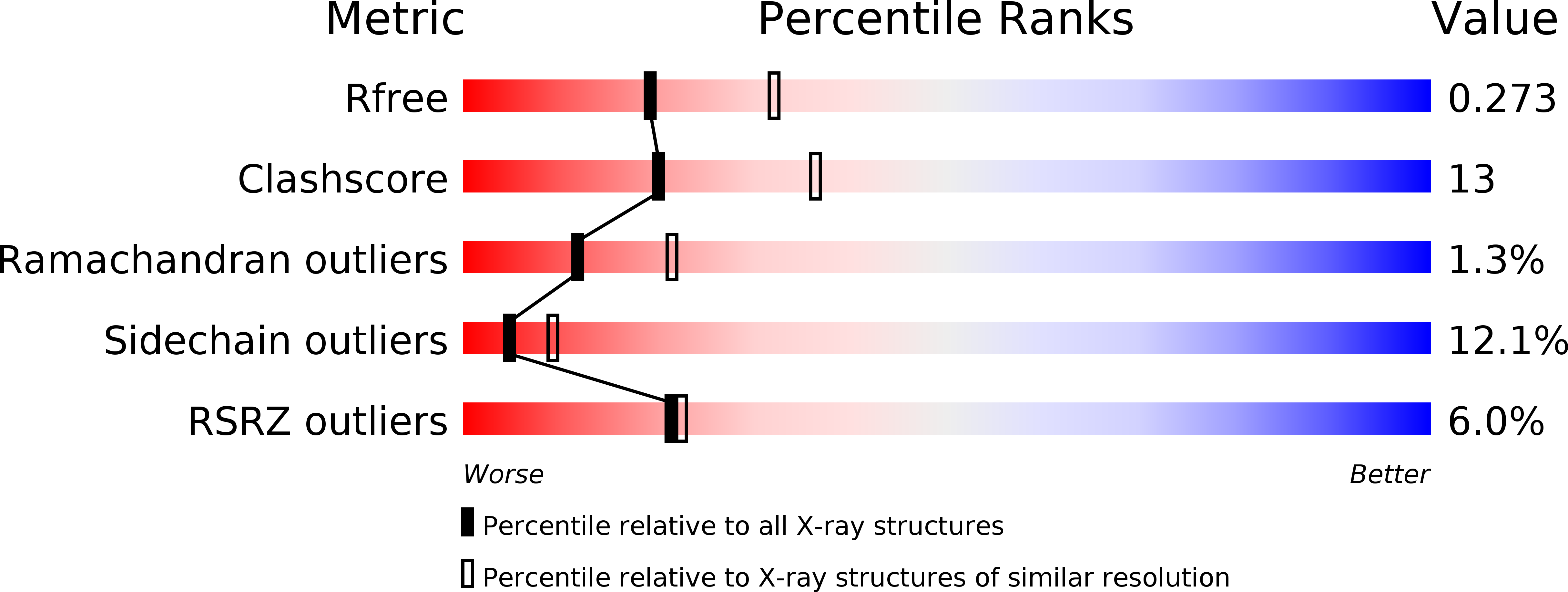
Deposition Date
2012-06-26
Release Date
2012-08-29
Last Version Date
2024-02-28
Entry Detail
PDB ID:
4FS1
Keywords:
Title:
Base pairing mechanism of N2,3-ethenoguanine with dTTP by human polymerase iota
Biological Source:
Source Organism:
Homo sapiens (Taxon ID: 9606)
Host Organism:
Method Details:
Experimental Method:
Resolution:
2.50 Å
R-Value Free:
0.27
R-Value Work:
0.21
R-Value Observed:
0.21
Space Group:
P 65 2 2


